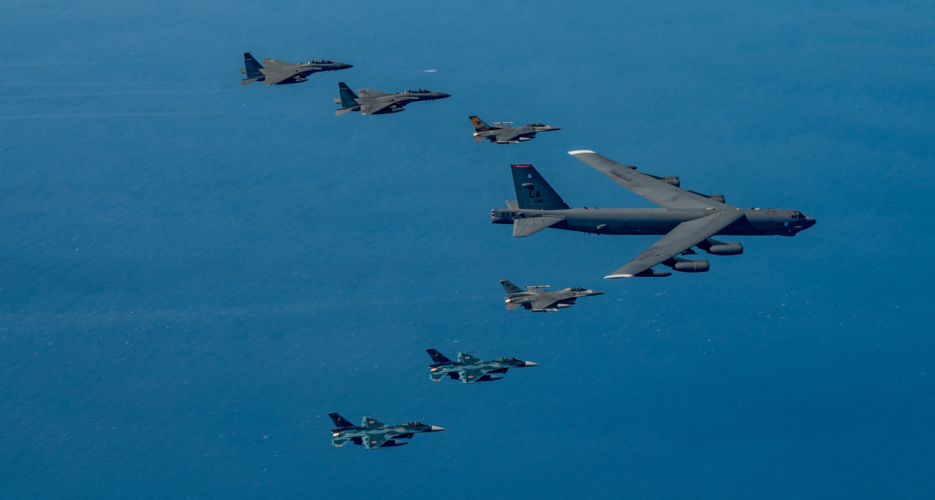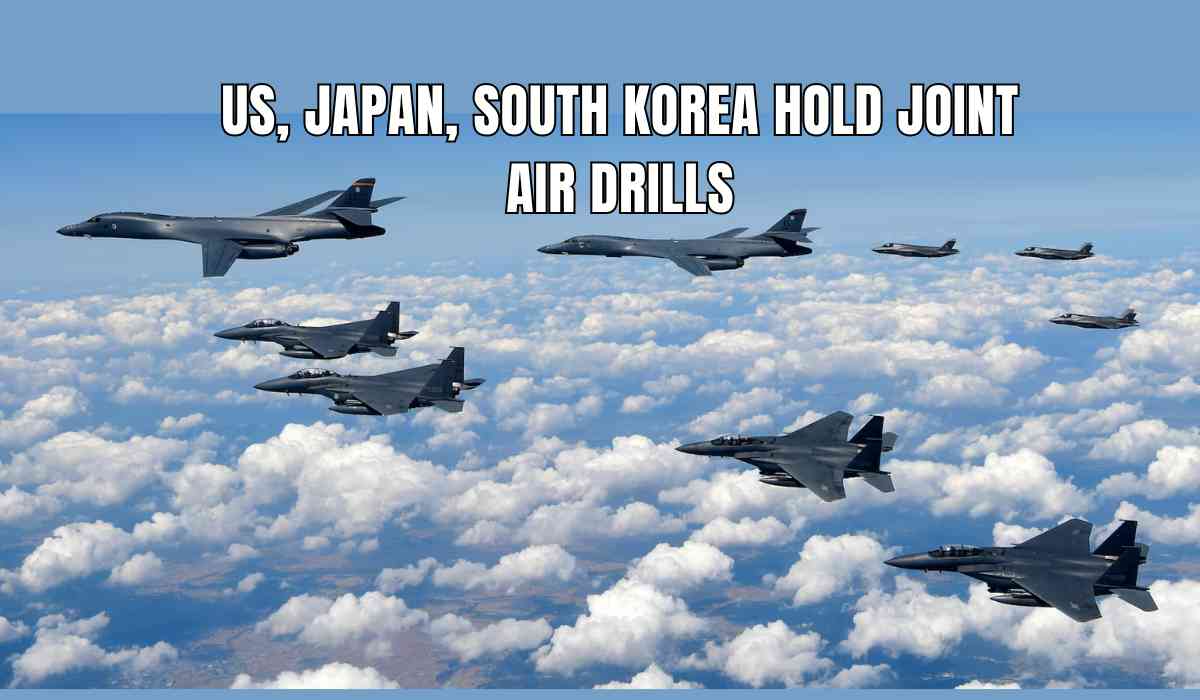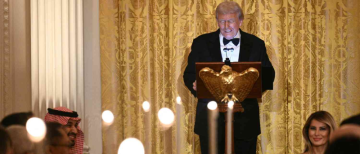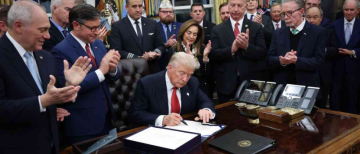Following North Korea’s launch of a new intercontinental ballistic missile (ICBM), The United States, Japan, and South Korea conducted joint air drills. These exercises included the participation of Japan Air Self-Defence Force's F-2 fighter jets, South Korean F-15s, and one US B-1B strategic bomber which showcased its capabilities. The drills were held in an area where the air defense identification zones of South Korea and Japan intersect.

Why Was This Military Exercise Conducted?
North Korea’s recent missile test featured a new ICBM model named the Hwasong-19. North Korean leader Kim Jong Un expressed “great satisfaction” with the test, which he described as an “ultimate version” of ICBM technology. The military drills were intended as a show of force and unity, with the Joint Chiefs of Staff (JCS) of South Korea stating that the three nations would “strengthen coordination to deter and jointly respond to North Korea's threats.”
_20241104103250_original_image_16_1730738129.webp)
The financial costs of deploying fighter jets and strategic bombers, particularly in an already strained global economy can be significant. These funds could be allocated to diplomatic initiatives or used to address other pressing issues, like regional humanitarian needs. Repeated military drills have not led to substantial changes in North Korea’s behavior. And Will these these drills actually deter North Korea or provoke it is uncertain.
Inputs by Agencies
Image Source: Multiple Agencies
Ⓒ Copyright 2024. All Rights Reserved Powered by Vygr Media.


























